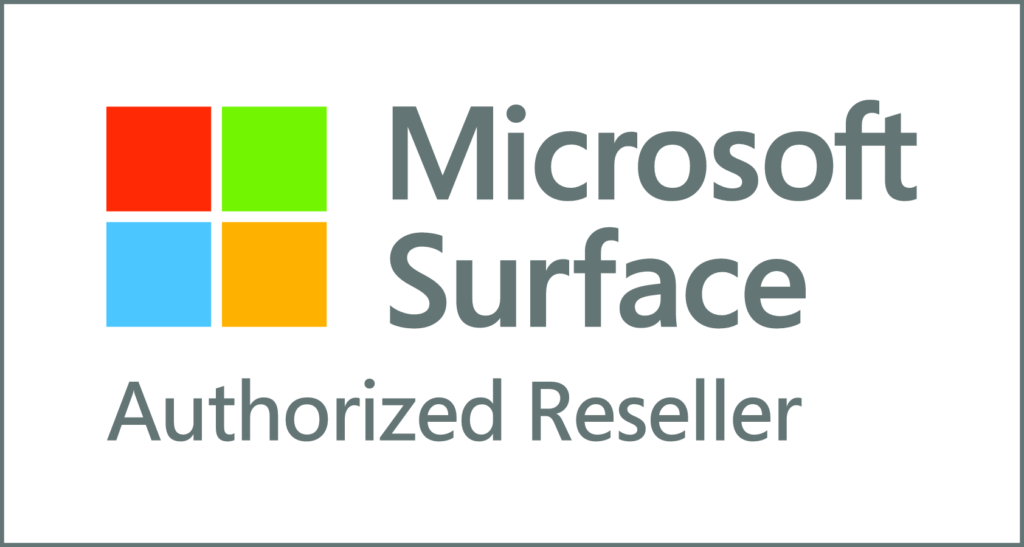In Part 1 of this series, we discussed the definition of a Virtual CIO, or vCIO, and how this managed service solution can provide real benefits to small and medium-sized businesses. In Part 2, we’ll explore what specific types of services a vCIO can provide.
What services can a vCIO provide?
While all vCIO solutions are a bit different, there are some specific services and solutions that most provide to their clients. While rare, some companies contract with a vCIO to provide end-to-end management of all aspects of their technology, most vCIO solutions are tailored to provide expertise to fill gaps in the client’s in-house IT competencies.
Those technical competencies include:
I.T. Goal Setting
Because your technology strategy will become a detailed, written document that links your organization’s use of technology (present and future) to achieving its goals, your vCIO will begin any planning effort by reading your Mission Statement and services portfolio. This Statement, which will be included in your Technology Plan, will serve as a guiding light while moving forward with your technology plan execution.
Network I.T. Assessment
Your vCIO will create a comprehensive picture of the technology needs required to achieve your company’s technological objectives by recording your organization’s current technology inventory, including all hardware and software. Your technology strategy will be built on an assessment and network diagram.
Internal Policies Assessment
Virtual CIOs will assist you in assessing your company’s current IT training, security, and disaster recovery strategies and procedures. They’ll also provide suggestions for enhancements to help you get the most out of your technology investment.
Staff I.T. Skills Survey
This process will assess your staff’s technological abilities, identify areas for improvement, and determine who is best suited to serve as a resource in your company.
Technology Planning
The vCIO will use the data collected throughout the discovery and assessment process to create a technology plan that produces results while also assisting you in achieving your company goals.
Identify Critical Needs
Your primary technology demands will be met as quickly as possible. Critical needs are circumstances that severely interfere with or prevent your company’s critical activities from being completed, necessitating immediate repair.
Review Hardware Fault-Tolerance Strategy
A vCIO can significantly reduce downtime and remediation expenses when a hardware fault occurs by ensuring that all servers and other mission-critical appliances are fault-tolerant. A vCIO can substantially minimize downtime and remediation expenses. Server hard disk fault tolerance, for example, may allow the resumption of routine server function in minutes if a storage device failure occurs.
Review Software Fault-Tolerance Strategy
There are several things that might corrupt your important data. Viruses, malware, and even unstable or “dirty” power conditions have been shown to harm systems and critical data. Your vCIO will look at your current strategies and give recommendations to guarantee the security of your data and the ability to quickly restore it in the event of a disaster.
Efficiency Improvement Strategy
As your vCIO works on your technology plan, they will be able to advise you on cost-cutting techniques and infrastructure modifications that will also improve operational efficiency.
End-of-Life (EOL) Equipment Planning
In many cases, replacing outdated equipment can help you save money in the long run. When actual physical labor expenses are considered alongside the price and availability of replacement parts, replacing old workstations may be more cost-effective than upgrading or maintaining them. Your vCIO will help you navigate this and provide you with a clearly executable timeline.
Scheduled Maintenance Planning
Regular maintenance should be included in any organization’s technology plan. At the very least, when done correctly, regular upkeep will ensure that service levels and essential updates are maintained on all equipment, ensuring that hardware and data fault-tolerance procedures are correctly carried out. Remote network monitoring is part of a well-designed maintenance plan, which provides cost-effective real-time analysis of your critical devices and services.
Predictive Analysis of Potential Upgrades
This proactive approach uses data collected by your vCIO to identify future trends and make recommendations for technology upgrades that fit within your budget and timeline. By analyzing usage patterns, historical data, and industry changes, your vCIO can help you stay ahead of the curve, ensuring that advancements in technology never leave behind your business.
Disaster Recovery Planning
It’s never too early to start planning for disaster recovery. Your vCIO can help you develop a comprehensive disaster recovery plan that will get your business up and running as soon as possible in the case of a natural disaster, service outage, or catastrophic failure of your IT infrastructure.
Technology Improvement Planning
Your technology plan is divided into phases that are suited to your organization’s forecasting and financial needs, with your top priorities starting first.
Change Implementation Planning
A vCIO will develop, deploy, and test your solutions to verify that they are functioning correctly. Once confirmed that all of the modifications have succeeded, they will assist you in moving you from the old system to the new one.
Evaluation & Revisions
Your technology strategy will be assessed and updated throughout each implementation stage, ensuring that you meet your technology objectives.
Virtual CIO Case Study
Company A is a medium-sized business with an on-staff IT team. However, they do not have the expertise to create an overall strategy for their IT and need help deploying “work from home” functionality to support their remote workforce. They decide to work with a Virtual CIO who helps them develop an IT strategy and implement the necessary technology to support their remote workforce.
By working with a Virtual CIO, Company A created and implemented a company-wide technology plan, reduced IT costs, improved productivity, and had a more robust IT infrastructure with improved utilization.
Conclusion:
A Virtual CIO can be an excellent solution for businesses looking to reduce their IT costs or improve their productivity. If you are considering working with a Virtual CIO, choose one that is reputable and has experience working with businesses of your size and with the specific technologies you employ. The cost of working with a Virtual CIO will vary depending on the services you require, but most offer a variety of services at different price points. Contact a Virtual CIO today to learn more about how they can help your business.
Total Networx – your trusted Virtual CIO
Reach out to us at (952) 400-6500 or email us at info@totalnetworx.com to set up a no-obligation discussion on how a vCIO engagement with Total Networx can benefit your business! We love helping businesses streamline their IT process and deliver quantifiable results specifically tailored to your business objectives.
Virtual CIO (vCIO) – Part 1
For more on the subject of Virtual CIOs, check out Part 1 in this series, where we explore the services that can be leveraged in a vCIO engagement. CLICK HERE for Part 1.
FAQs
Q: How can a vCIO help my company with cybersecurity?
A: A vCIO plays a crucial role in enhancing your company’s cybersecurity posture. They assess your current security measures, identify vulnerabilities, and develop a comprehensive cybersecurity strategy. Additionally, they can help implement security protocols, conduct employee training, and keep your systems up to date with the latest security patches. With a vCIO’s expertise, your organization can better protect itself against cyber threats and potential data breaches.
Q: What are the cost implications of hiring a vCIO?
A: The cost of hiring a vCIO can vary depending on factors such as the size of your company, the scope of services required, and the level of expertise needed. However, compared to the salary of a full-time Chief Information Officer (CIO), engaging a vCIO is often more cost-effective for small and medium-sized businesses. It allows you to access top-tier IT leadership without the overhead expenses associated with a full-time executive position.
Q: How does a vCIO assist in technology planning and budgeting?
A: A vCIO is well-versed in technology trends and industry best practices, enabling them to create a tailored technology roadmap for your business. They align your IT initiatives with your long-term goals and ensure optimal utilization of resources. With their expertise, a vCIO can also help you allocate your technology budget effectively, identifying areas where investment will yield the highest returns and cost-saving opportunities.
Q: Can a vCIO support our company during periods of rapid growth or change?
A: Absolutely! A vCIO is a flexible resource that can scale their services to match your company’s needs, especially during times of rapid growth or significant organizational changes. They can provide strategic guidance to navigate expansion, assess IT infrastructure scalability, and implement solutions to accommodate increased demands, ensuring your technology remains agile and aligned with your business goals.
Q: How does a vCIO collaborate with our internal IT team?
A: A vCIO complements your internal IT team rather than replacing them. They work collaboratively, leveraging their strategic expertise while your in-house team focuses on day-to-day IT operations. The vCIO provides valuable insights, acts as a mentor to your IT staff, and helps them develop professionally. This collaboration fosters a synergistic relationship that leads to more efficient IT operations and greater technological advancements within your company.



